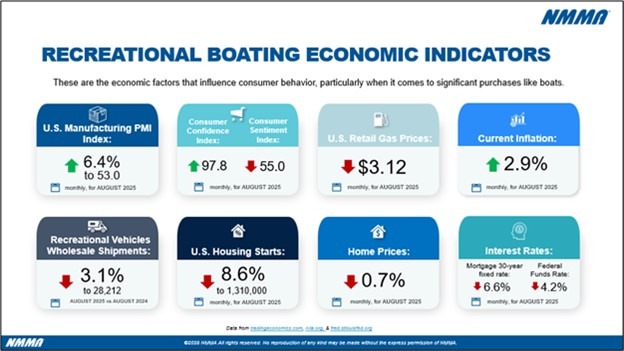EDITOR’S MESSAGE JANUARY 5 2021: Passing the Test

Last week in the Editor’s Message, I ran the famous quote by U.S. department store pioneer John Wanamaker (1838-1922) who said, “Half the money I spend on advertising is wasted; the trouble is I don’t know which half”.
In that column I suggested that in today’s world, it was easier than ever to put in a unique email address, an online discount code, or some other unique response feature to enable you to track your results. One of our readers called to share an anecdote about doing exactly what I suggested – but he got no response. He felt his ad did not pass the test.
So, was his ad a failure?
Probably not, and here is why. While you want your ad to generate a response, and hopefully a sale, that sale may come well down the road after the potential customer has seen your ad, perhaps many times.
When planning your advertising campaign, consider both “reach” and “frequency”. Reach is the total audience who could be exposed to your ad and of course, the more who see it the better. Frequency is how often they see it.
It’s rare to hit a home run on your first swing. There is a whole new universe of advertising options out there these days, but remember that people are largely the same. We still think the same way, we remember the same way and we react when the time is right for us.
Going back in marketing history again, I spent some time looking up the number of “advertising exposures” that it took before the potential consumer bought the product.
Some say it takes at least three exposures. Some say it takes seven. Thomas Smith wrote a guide called “Successful Advertising” in 1885. This is old as the hills, but take a moment to read his observations and consider how realistic this is today. Smith said:
The first time people look at any given ad, they don’t even see it.
The second time, they don’t notice it.
The third time, they are aware that it is there.
The fourth time, they have a fleeting sense that they’ve seen it somewhere before.
The fifth time, they actually read the ad.
The sixth time they thumb their nose at it.
The seventh time, they start to get a little irritated with it.
The eighth time, they start to think, “Here’s that confounded ad again.”
The ninth time, they start to wonder if they’re missing out on something.
The tenth time, they ask their friends and neighbors if they’ve tried it.
The eleventh time, they wonder how the company is paying for all these ads.
The twelfth time, they start to think that it must be a good product.
The thirteenth time, they start to feel the product has value.
The fourteenth time, they start to remember wanting a product exactly like this for a long time.
The fifteenth time, they start to yearn for it because they can’t afford to buy it.
The sixteenth time, they accept the fact that they will buy it sometime in the future.
The seventeenth time, they make a note to buy the product.
The eighteenth time, they curse their poverty for not allowing them to buy this terrific product.
The nineteenth time, they count their money very carefully.
The twentieth time prospects see the ad, they buy what is offering.
Also, there is a big difference between a consumer buying a box of laundry detergent and that same consumer buying a new boat.
A sustained advertising campaign, even one with just modest sized ads, but always with a strong family resemblance and some common message elements, is how to build brand awareness. Your advertising needs to be seen at least a minimum of those three, or seven times and maybe even twenty times before you break through and connect with that potential buyer when they are finally ready.
My reader’s test ad may have worked, just not right away. Something to consider when you are planning your own advertising and marketing for the coming season.
Andy Adams – Editor




























